Any equipment has a certain service life, a computer is no exception. However, a PC is a set of certain components, each of which has its own operational life. Let's see what the average life of the computer system unit and its components separately.
Motherboard
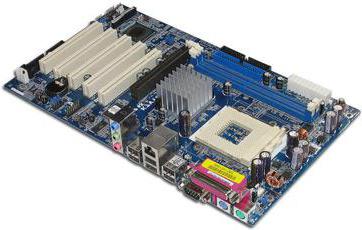
The connecting link of all the elements of a PC is the motherboard. For some users, it "lives" only a year, for others - 10 years. However, the average life of the motherboard is usually 5-6 years. Much depends on the intensity of this board, and if you operate the computer moderately and do not load it with games around the clock, the motherboard will be able to work even 15 years.
In general, this component in the system unit is the most long-lived. In fact, there is practically nothing to break except for bridges.
Computer Hard Drive Life
This element is one of the weakest in terms of vitality. Modern models are designed to work from three years, although in practice they last longer. It is noticed that older models were tougher, and modern drives fail, not even after 5 years.
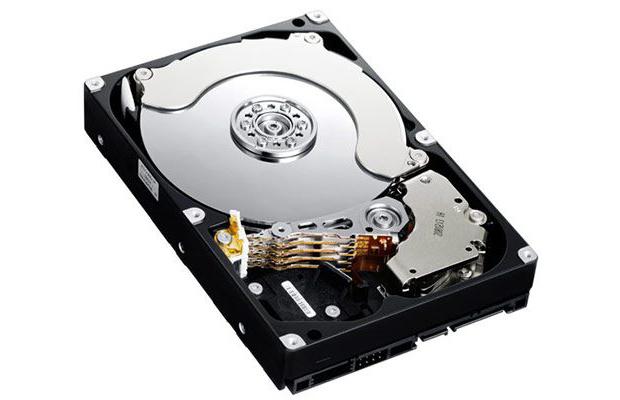
Therefore, the average life of a modern HDD is 5 years. This period is explained by the design feature. Inside the disk there is a spindle and attached rigid round plates rotating at high speed. There is also a disk head - another movable element. Too many moving parts in this component, which is afraid of shaking and vibration.
However, modern SSD-drives do not have moving parts in their composition, so they have a longer service life. However, SSDs are not eternal. There, the memory cells have a certain resource and when recording / deleting information, they deteriorate. Nevertheless, with moderate operation, such a disk will last an average of 8 years.
Power Supply
This component can last a very long time. Even today, the units that were purchased in 1998 are in operation. That is, for about 20 years this component has been serving without complaints and problems. This is possible even now. The market has many models from different manufacturers and at different prices.

In cheap blocks, low-quality capacitors are used, which can quickly fail. They also work inefficiently, which is why most of the energy consumed goes not to power the components, but to heat the elements. This entails overheating of the power supply parts, which is why they can simply burn out. Therefore, cheap units operating without a power reserve (at the limit of possibilities) can live for only 2 years. Note that there are a lot of such blocks on the market, and because of their low cost, they are in great demand. Of course, such components greatly reduce the average computer life.
Expensive models are extremely effective and have great efficiency. That is, in them most of the energy consumed goes to the supply of components, and not to heat the unit itself. Therefore, in expensive reliable models, there may not even be a fan, since it is not needed there. The life of a computer power supply of this type can be 10-20 years.
CPU
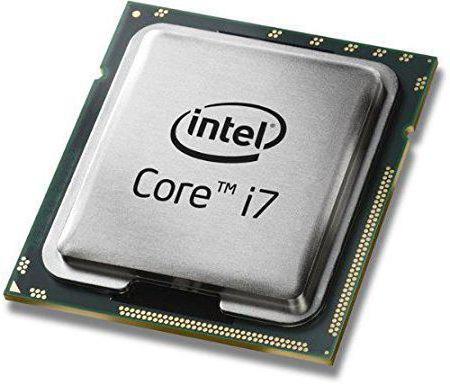
10 years is the standard calculated CPU life. However, if the motherboard is still working and is able to regulate voltages and frequencies, then with the implementation of an effective system for removing heat from the system unit, you can increase the processor life up to 50 years. However, the problem is that the capacitors and power transistors of the motherboard do not last for so long.And if in five years the motherboard breaks, then it will be very difficult to find a similar motherboard for a still “living” processor.
In theory, the processor can work for a very long time if it is not overheated. Its only drawback (this applies to all semiconductor components) is the diffusion process, which limits the service life. This is expressed in the need to increase the voltage by a couple of tenths of a volt.
Video card
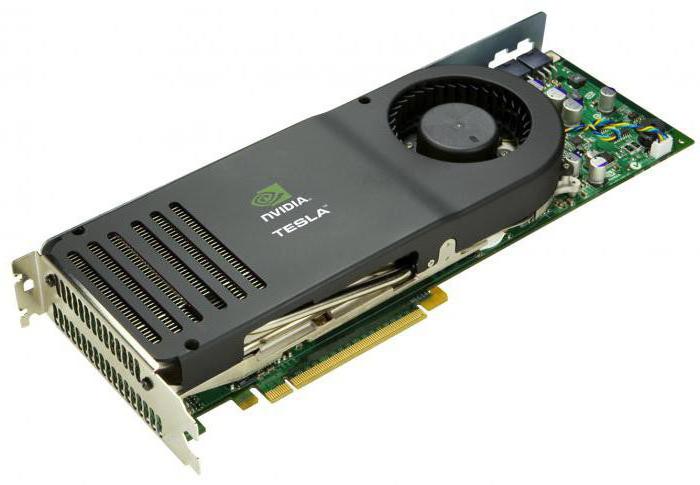
A video card is one of the most unreliable components. It can be put in second place according to the degree of "coverage". The first is confidently occupied by power supplies. On average, the life of a video card in normal operation is 3 to 8 years. But it all depends on the degree of utilization of the device. If you constantly play demanding games or even get cryptocurrency on it, then you do not have to count on a long term of work. Such cards will work for 2-3 years.
Signs that the card is out of order are as follows:
- The color rendering on the screen is broken.
- Thin stripes appear.
- The monitor turns off for a couple of seconds.
One of the main card failures can be called overheating. If you play games for days, then in the system unit without effective cooling, the temperature rises significantly, which is why the fans on the video card itself do not have time to cope with heat dissipation. As a result, the GPU works all the time at high temperatures, which is very harmful for it. The video core will last much longer if an effective system for removing hot air is provided in the system unit.
In general, the life of the computer due to the video card and cheap power supply is greatly underestimated. If these components are not taken into account, the period will increase significantly.
RAM
RAM does not have a lifetime. She is eternal. There is practically nothing to break. However, it can fail if there is a high temperature inside the system unit or if the wrong voltage is applied to it (this is when the motherboard fails). Also, the bar can physically break if touched.

Today, many users of old computers even have the DDR SDRAM slots, which were produced sometime in 1993. They remain workers to this day. The only problem is that they are morally obsolete. Today, DDR4 SDRAM already exists, although literally 3 years ago, DDR3 SDRAM was considered the newest. The problem with RAM is not at all in the limited lifespan (this is just fine), but in aging. So you don’t have to worry about the RAM in your PC at all - this is exactly the element that significantly increases the overall standard life of the computer. In 95% of cases, when the computer goes for recycling, RAM strips are still working, but no one needs.
How to increase the life of a computer before decommissioning?
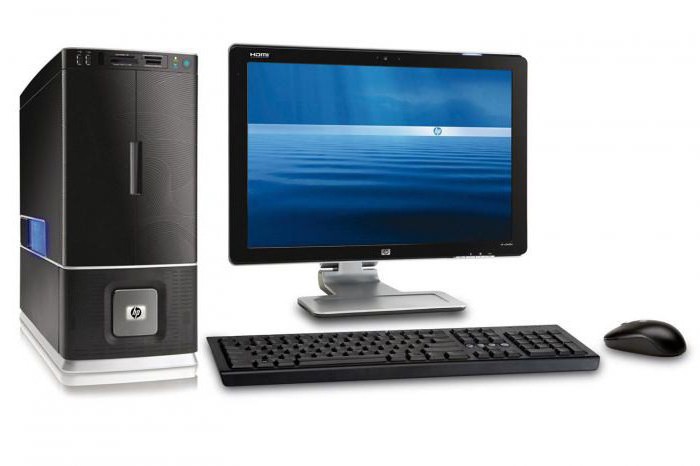
Any device must be monitored, and then it will work longer. As for the computer, it must first be cleaned of dust. Many components can burn out due to a large layer of dust: processor, video card, motherboard. Because of it, the cooling efficiency of components drops dramatically, which leads to overheating. Therefore, every 3-4 months, the cover of the system unit must be removed and completely sucked out with a vacuum cleaner all the dust that settles on the motherboard, video card, and processor heatsink. This will increase the life of the computer.
From time to time, it is necessary to carry out software cleaning of the system and remove all unnecessary processes that waste the central and graphic processors of the system in vain. Their resource must be saved. It is advisable to use paid versions of antiviruses, which, in addition to searching for viruses, are able to optimize the system, stop unnecessary processes and even monitor the user's safety on the Internet.
Once every 3-4 months it is necessary to defragment the hard drive. This process allows you to optimize the disk space, so that its head will not "jump" from one to another. In theory, this will increase the "life" of the solid-state drive.
Conclusion
To summarize, the average computer life is 5 years.After this period, any of the components will necessarily fail. It can be repaired or replaced, but at the same time, the period of failure, for example, of a video card, will approach. However, if you monitor the system and treat it carefully, then these deadlines can be postponed.








